
Lake Biwa is the largest lake in Japan. Nishino Suido is located in the northeastern part of Lake Biwa. Nishino Channel is a hand-dug waterway built during the Edo period. You can still tour inside the tunnel today. The waterworks is a valuable historical spot known only to those in the know. This time, we will introduce the Nishino Channel and Lake Biwa in detail.
- About Lake Biwa, the largest lake in Japan‼︎
- ①What kind of lake is Lake Biwa?
- ②What is the history of Lake Biwa?
- ③What are the sightseeing spots around Lake Biwa and how many visitors do they receive each year?
- ④Lake Biwa was a lake that moved and changed its shape.
- About “Nishino Channel” where you can adventure inside a cave.
- ①First of all, what is Nishino Channel?
- ②You can adventure inside the cave! !
- ③When was the Nishino Channel built?
- ④Why was Nishino Channel built?
- Summary
About Lake Biwa, the largest lake in Japan‼︎
Here we will introduce you to Lake Biwa in detail.
①What kind of lake is Lake Biwa?
Lake Biwa is Japan’s largest lake located in the central part of Shiga Prefecture. Because the lake is located in a basin, there are no waves and the climate is calm all year round. In some places, you can’t see the opposite shore, making it seem vast, like the ocean. The area of Lake Biwa is approximately 670 km², which is 1/6 of Shiga Prefecture. For example, it is about the same size as 23 Tokyo, or Singapore.
②What is the history of Lake Biwa?
In fact, Lake Biwa is the fourth oldest lake in the world, having been formed approximately 4.4 million years ago. A typical lake has a limited lifespan. It is said that it will disappear in about a few thousand to 10,000 years, but Lake Biwa is a very rare lake in the world that has existed for about 400 times as long.
③What are the sightseeing spots around Lake Biwa and how many visitors do they receive each year?
The most popular sightseeing spot around Lake Biwa is “Biwako Terrace”. Biwako Terrace is a scenic spot located on the top of Mt. Uchimi at an altitude of approximately 1,100m. You can enjoy a panoramic view of Lake Biwa from north to south. Biwako Terrace receives approximately 600,000 visitors annually.
④Lake Biwa was a lake that moved and changed its shape.
In fact, according to research, Lake Biwa has been a lake that has changed shape and moved many times. Until now, it has repeatedly caved in, turned into deep lakes, and turned into wide swamps. It is said that it took about 4.4 million years to reach the present-day central part of Shiga Prefecture. There is also a theory that Lake Biwa is still moving northward by about 2 to 3 centimeters per year, and that it will eventually connect to the sea over a long period of time.
About “Nishino Channel” where you can adventure inside a cave.
Click here to learn more about Nishino Channel.
①First of all, what is Nishino Channel?
Nishino Channel is a hand-dug tunnel located in the northeastern part of Lake Biwa. It is currently designated as a cultural property designated by Shiga Prefecture.
The original purpose of the Nishino Channel was not as a tunnel for people to pass through, but as a “discharge channel.” According to a survey, the annual number of visitors to Nishino Suido is currently around 4,000.
②You can adventure inside the cave! !
▲A beautiful view of the lake awaits you after passing through the cave! !
Nishino Channel is a rare spot where you can go inside a cave and have an adventure. The length is approximately 250m, with the relatively high part being approximately 2m and the relatively wide part being approximately 1.5m. There are some low spots where you have to crouch and walk.
Helmets, boots, and flashlights can be rented free of charge at the office. Flashlights are light bulbs, so the light from your smartphone may be brighter. Boots, helmet and light are essential items. And you might be a little surprised because there are bats stuck to the ceiling.
▲This is the new tunnel entrance. If you want to get to the lakeside quickly, please pass here.
▲This is a management office. You can rent boots, helmets and flashlights here.
▲The entrance to Nishino Channel is difficult to find. Go straight past the administration office and pass this object.
▲This is the entrance to the west aqueduct. This is where the adventure begins.
▲As the name suggests, there is water flowing inside the cave, so rain boots are a must.
▲Once you pass through the cave, a beautiful view of the lake awaits you.
③When was the Nishino Channel built?
Nishino Channel was built in 1840, about 180 years ago. 1840 was Japan’s Edo period, the era of Tokugawa Ienari, the 11th shogun. Around this time, the Opium War broke out between Britain and China. The Nishino Channel was a major construction project that took five years, and records say it was completed around the fall of 1845.
④Why was Nishino Channel built?
The reason Nishino Channel was built was because the area suffered from frequent floods caused by heavy rain. When it rained heavily, water overflowed from the river and flowed into the surrounding villages.
As a result, every time there was heavy rain, the Nishino village area was flooded and turned into a swamp-like area. It seems that the villagers suffered from massive starvation as a result of the flood. It seems that a drainage channel was built to release water into Lake Biwa for this purpose.
Summary
The Nishino Channel that we introduced this time is the first fully hand-dug tunnel built during the Edo period. Three actual Nishino Channels have been constructed so far.
To enter the first hand-dug tunnel, stop at the park office where Nishino Channel is located, rent a helmet, boots, and a flashlight, and explore Nishino Channel explorer-style. This is a unique spot where you can feel adventurous.
In addition, the new tunnel will provide easy and safe access to the lakefront. Parking is free, so this is a recommended spot for those who want to enjoy the view of Lake Biwa. Once you pass through the cave, a beautiful lakeside view awaits you.
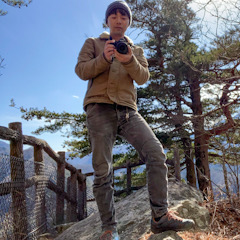
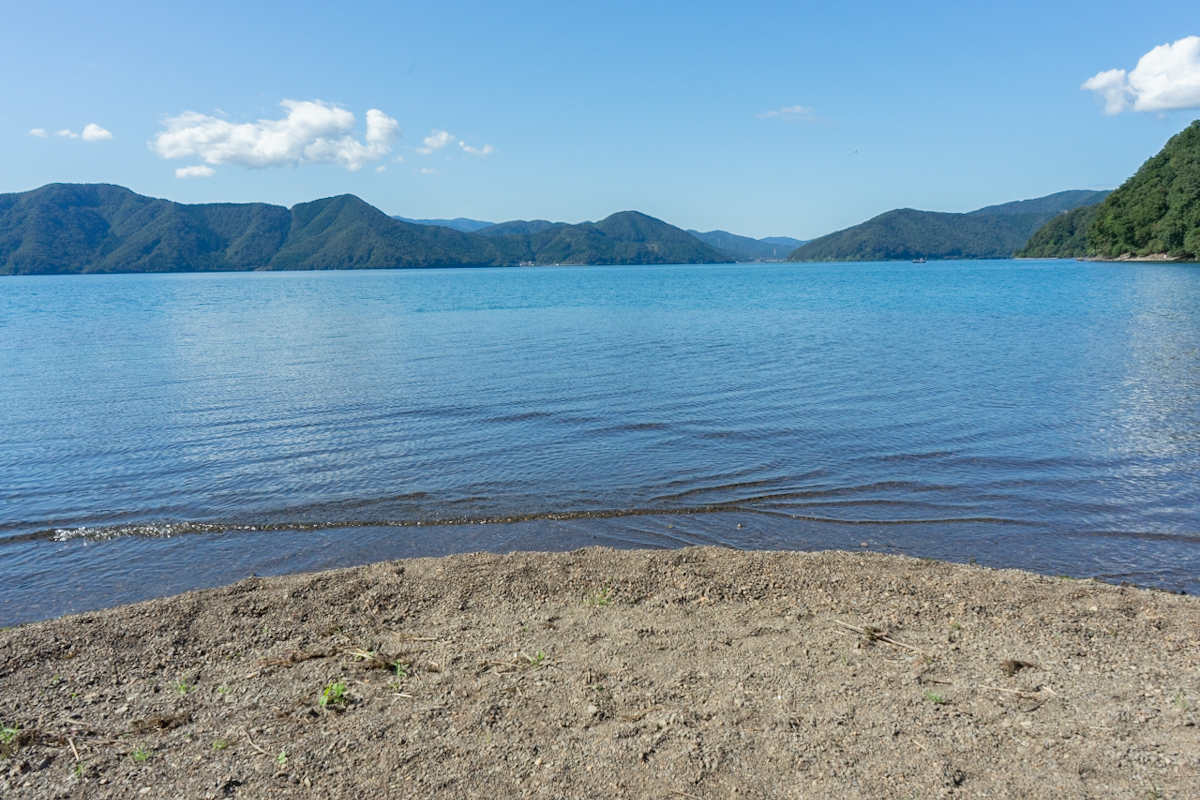
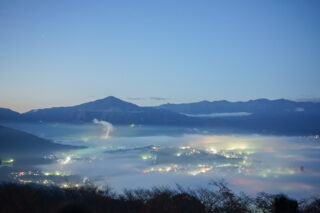
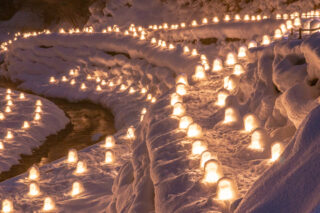


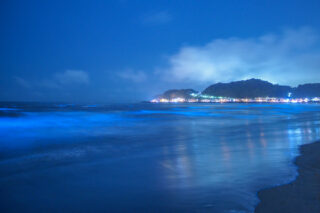
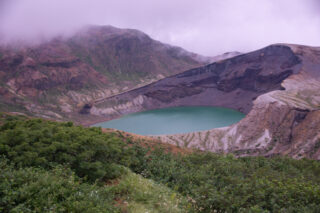
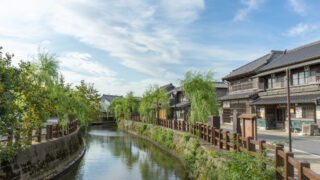

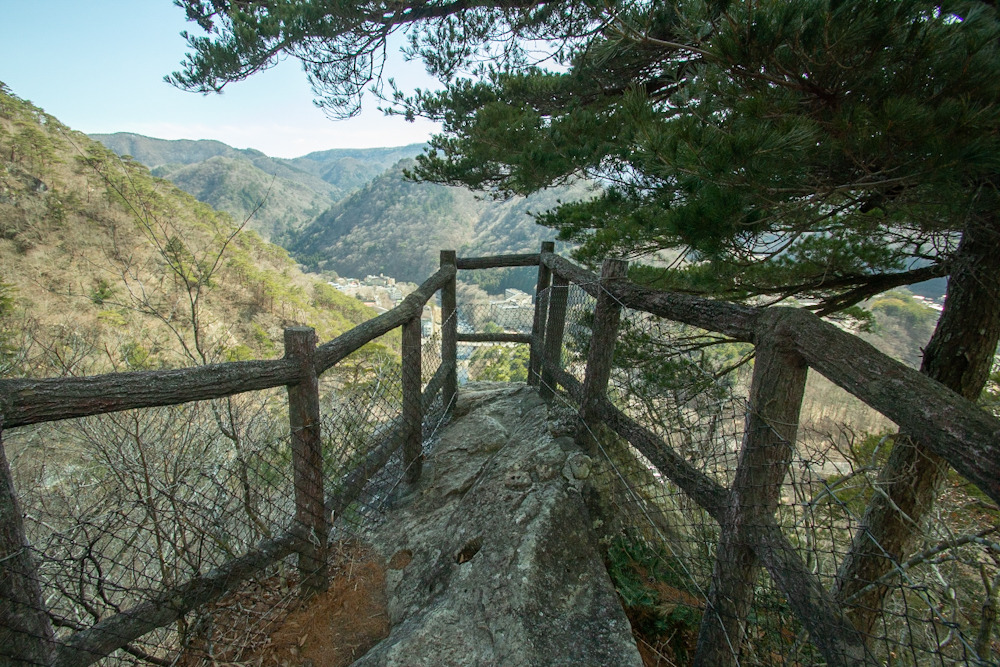
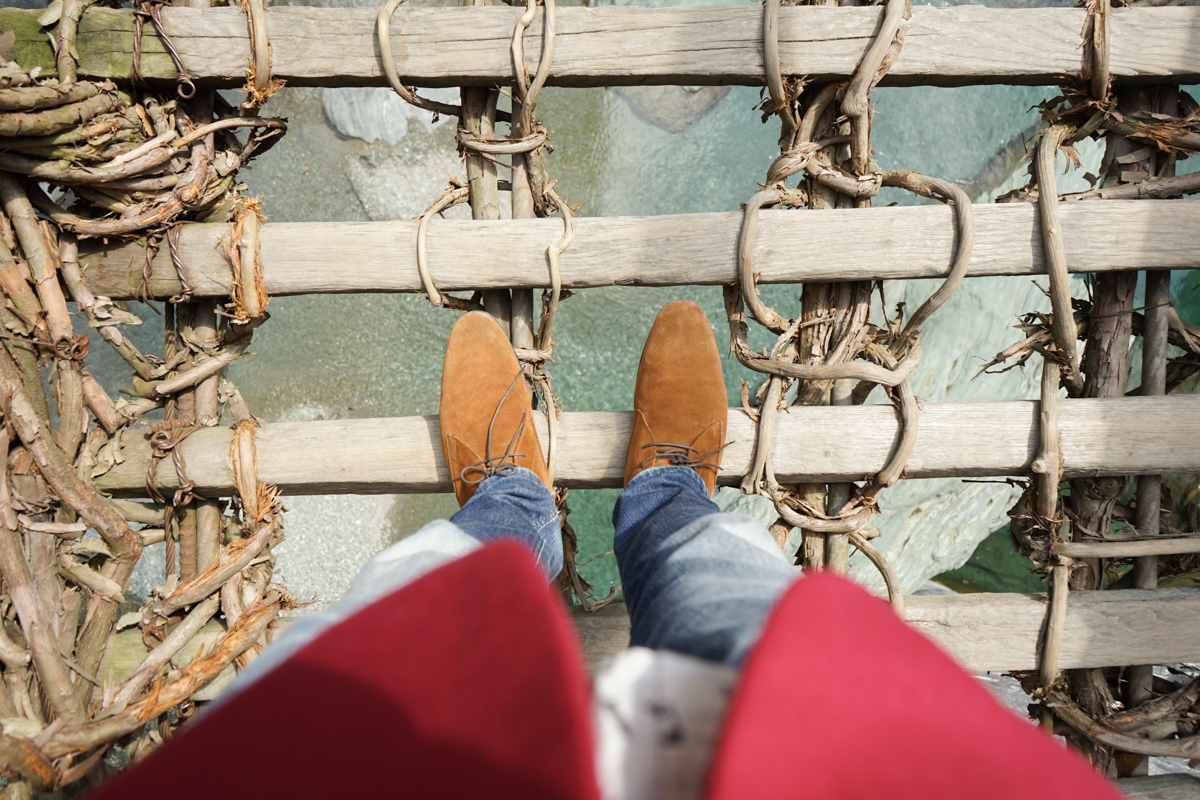
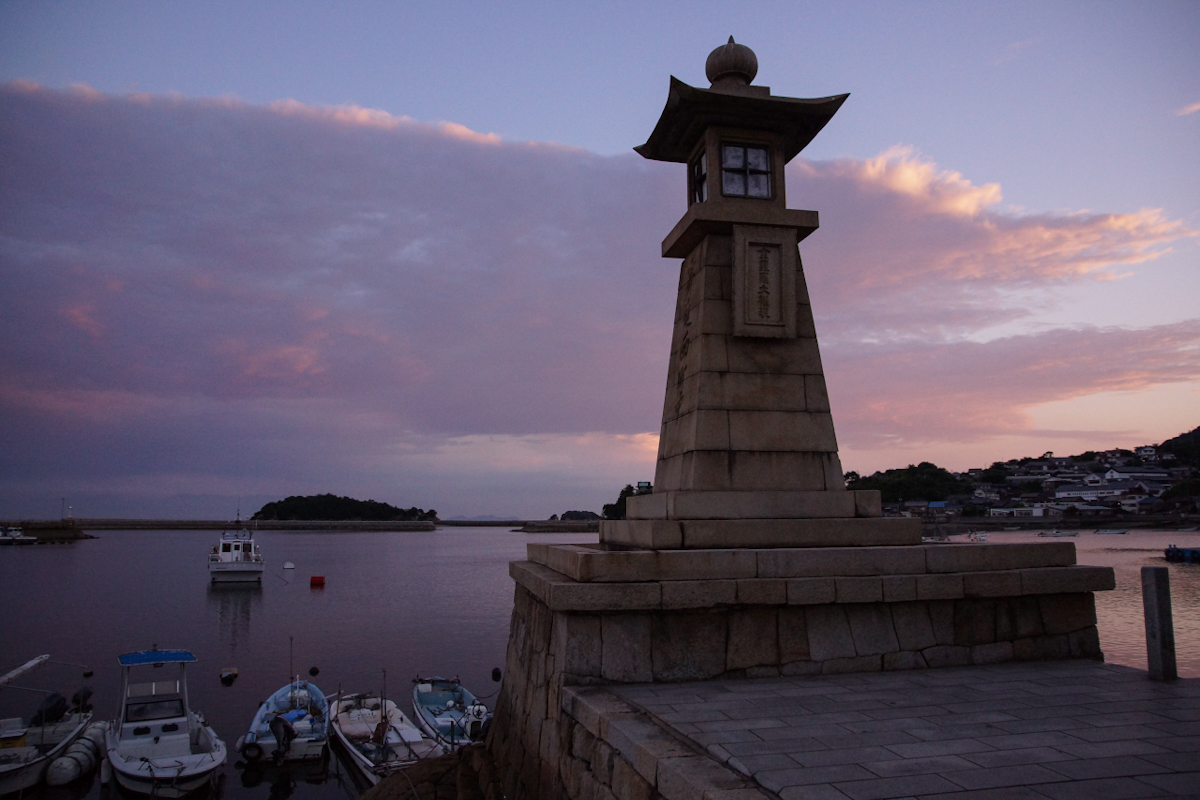

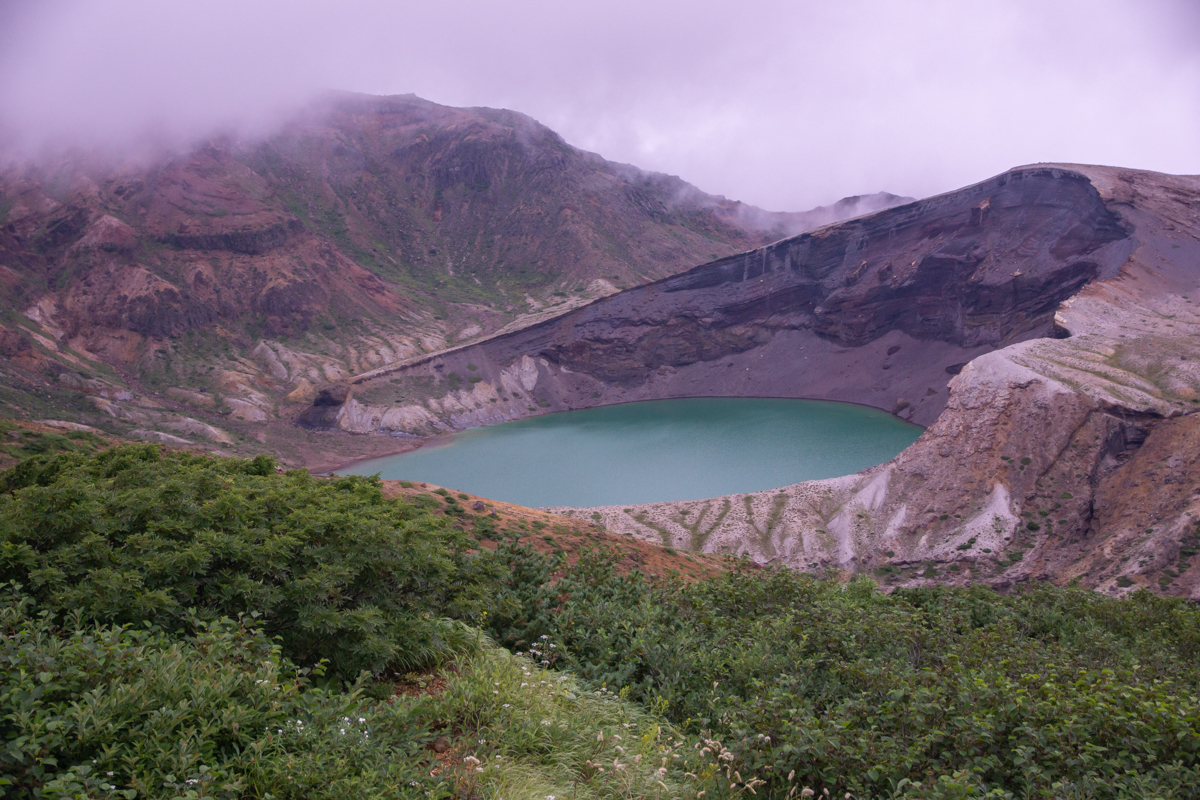

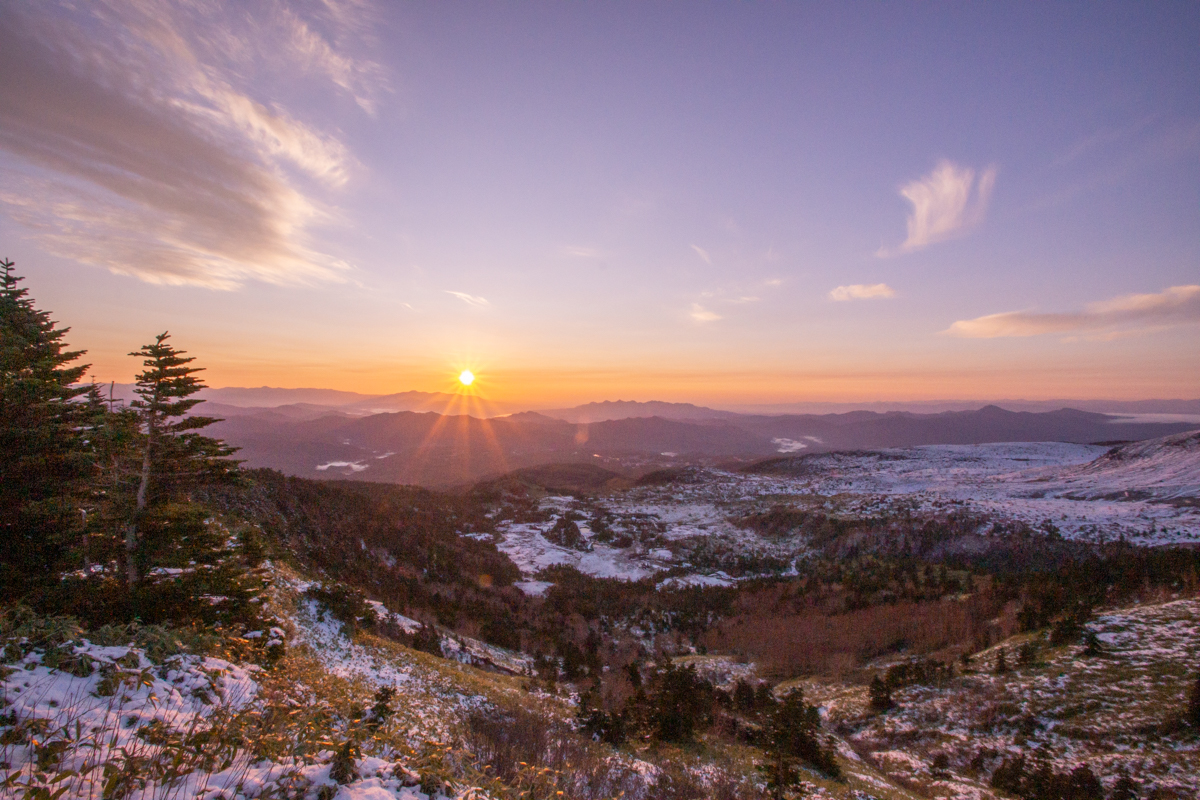
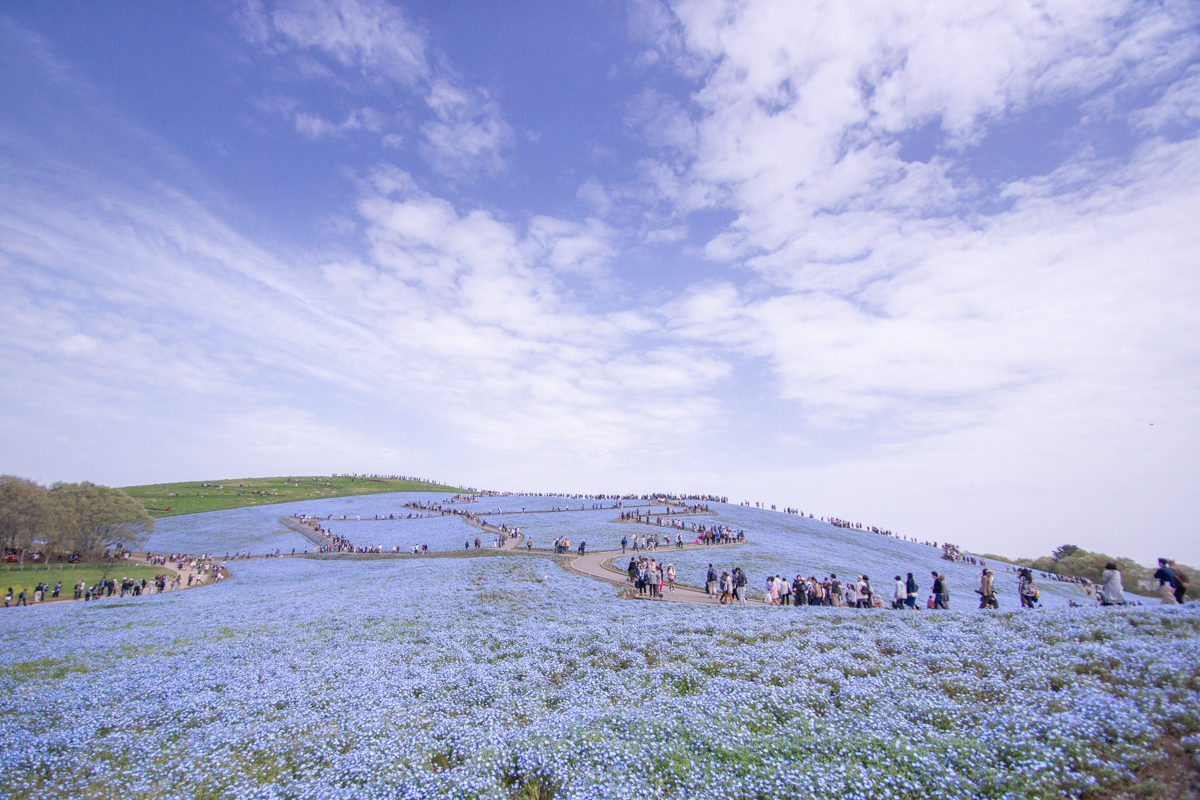
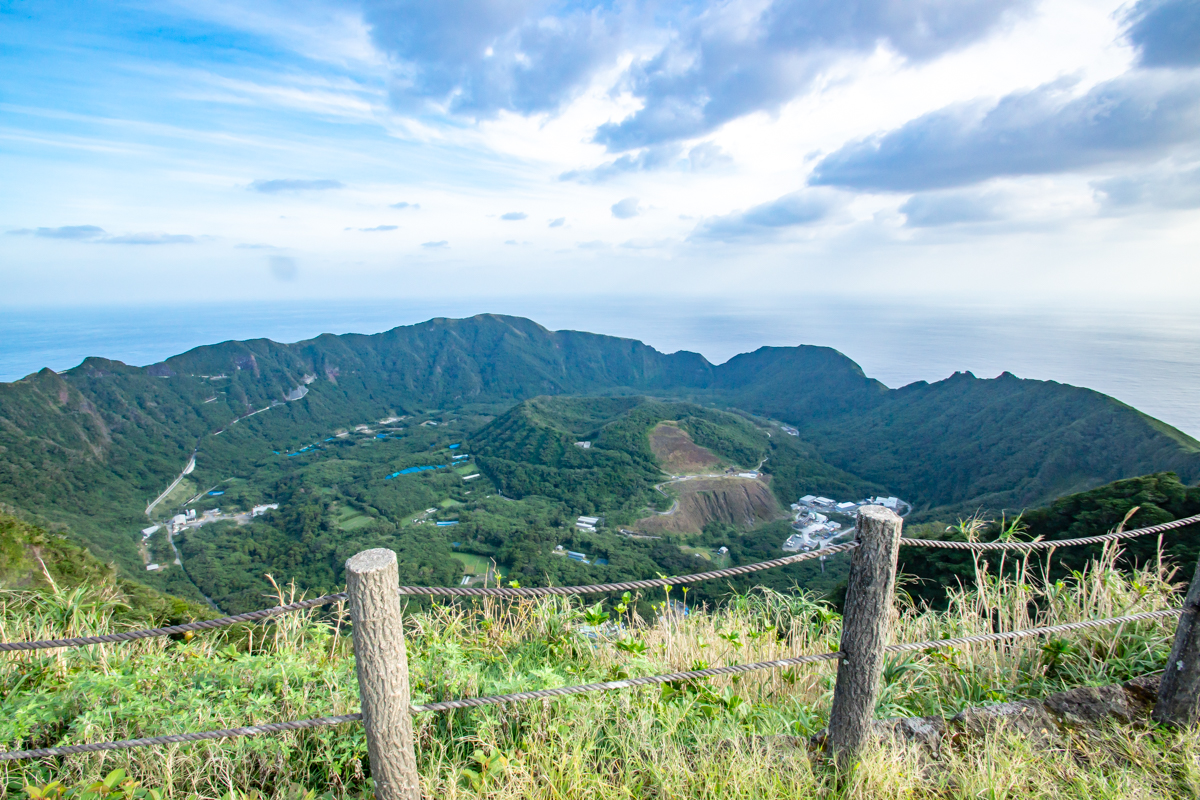
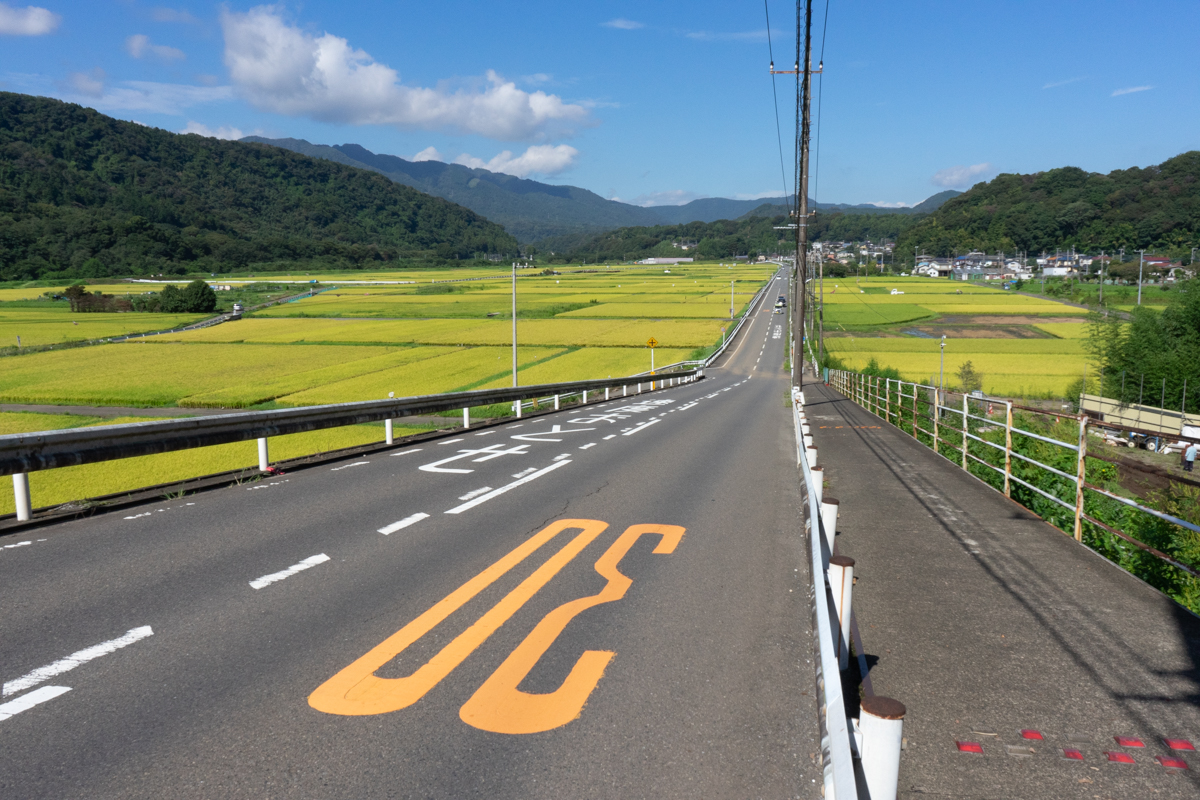
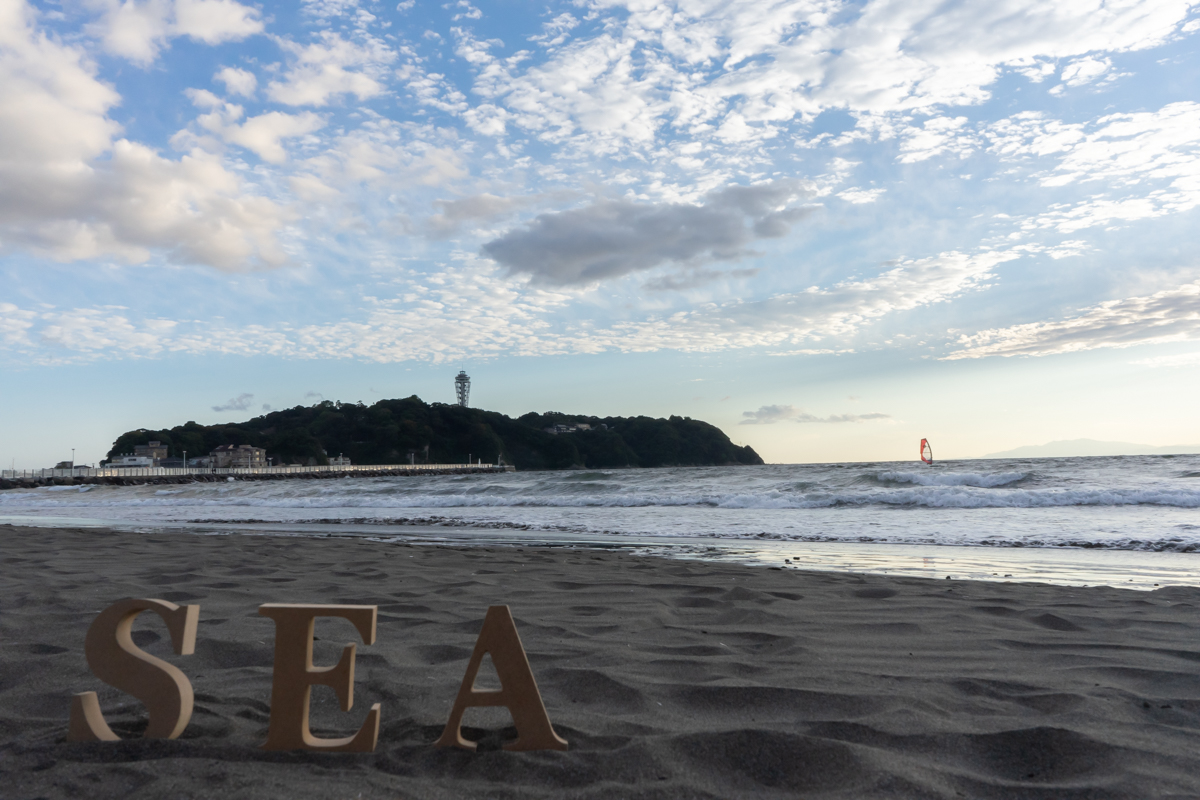
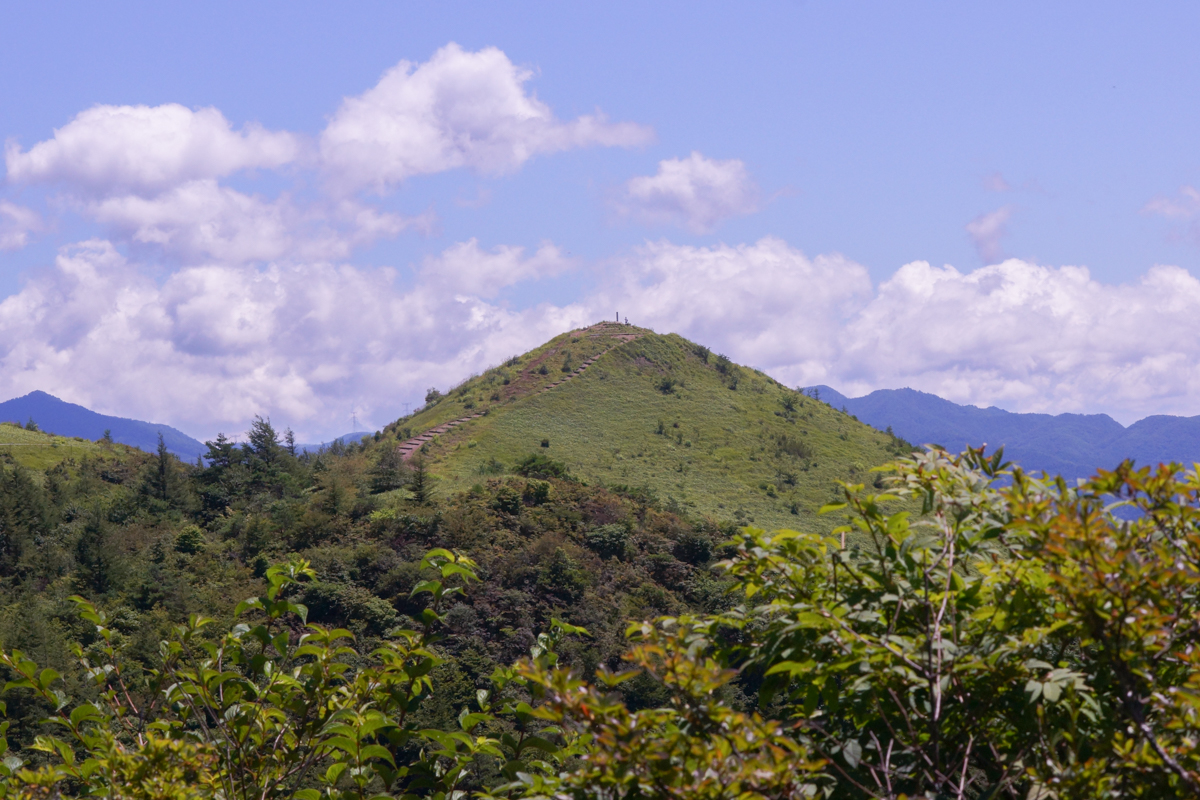
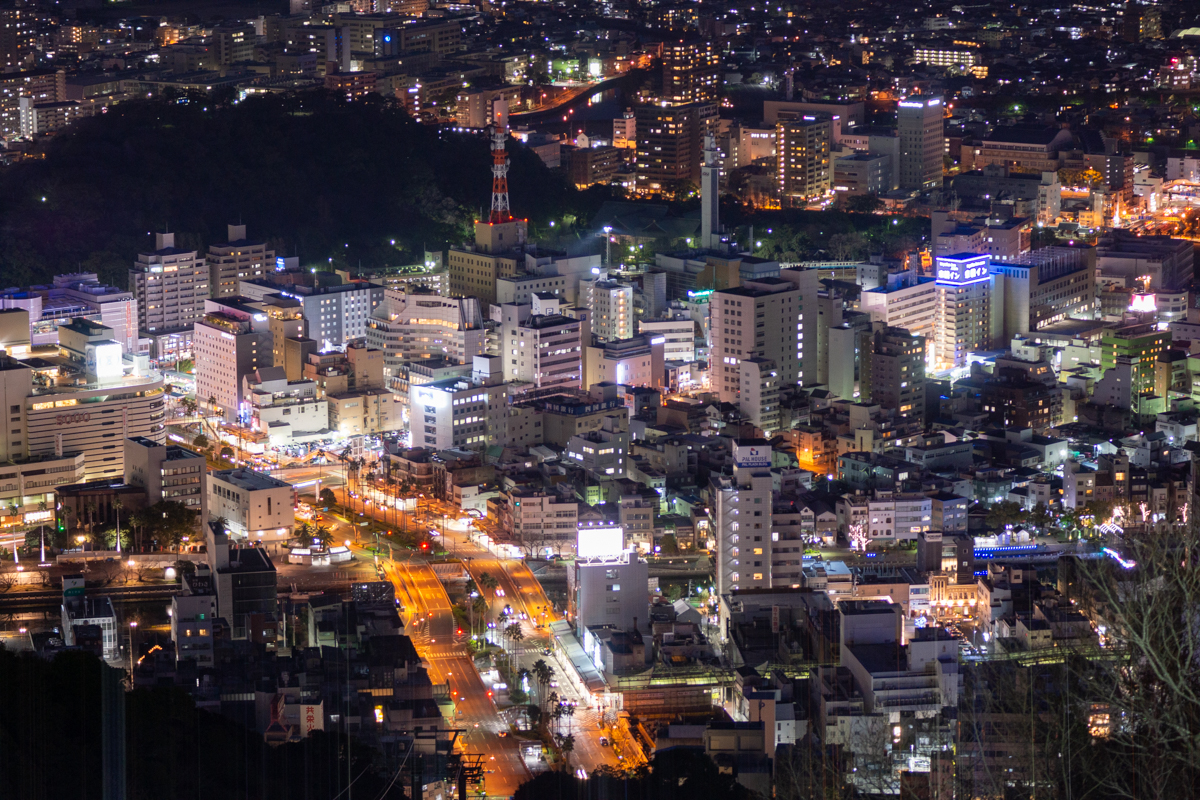
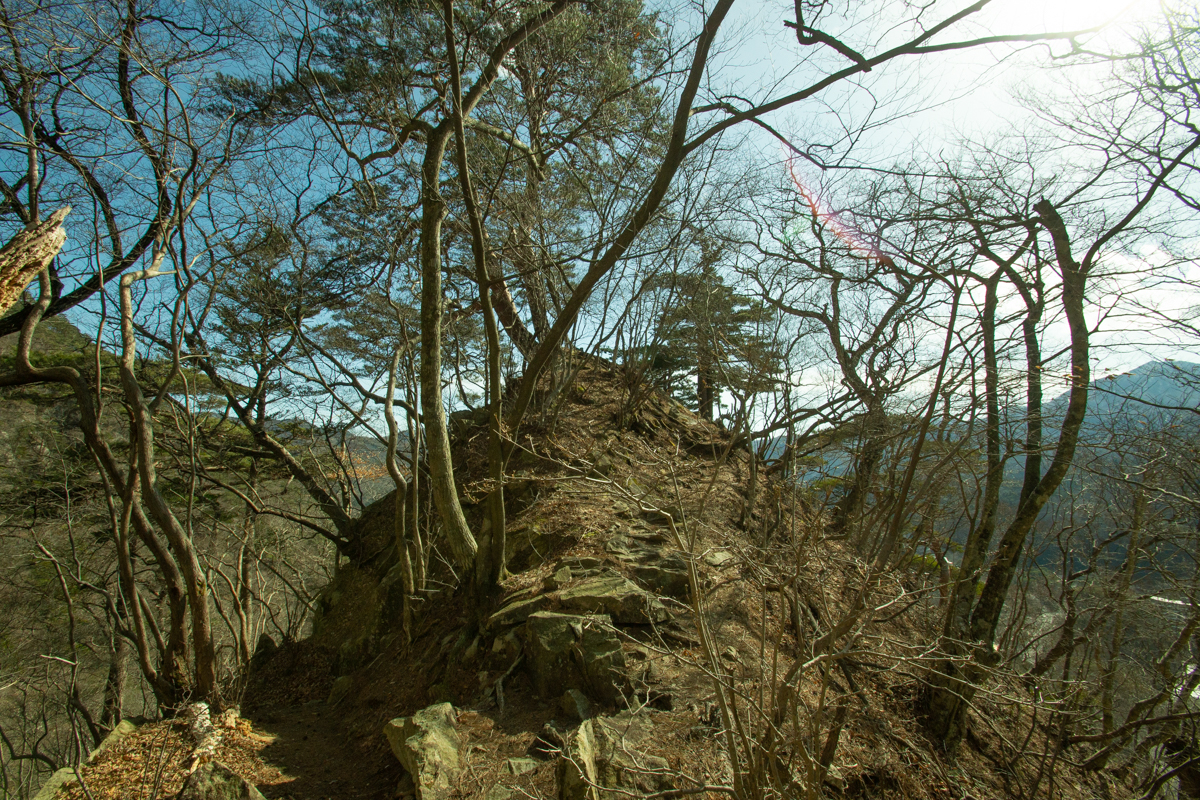

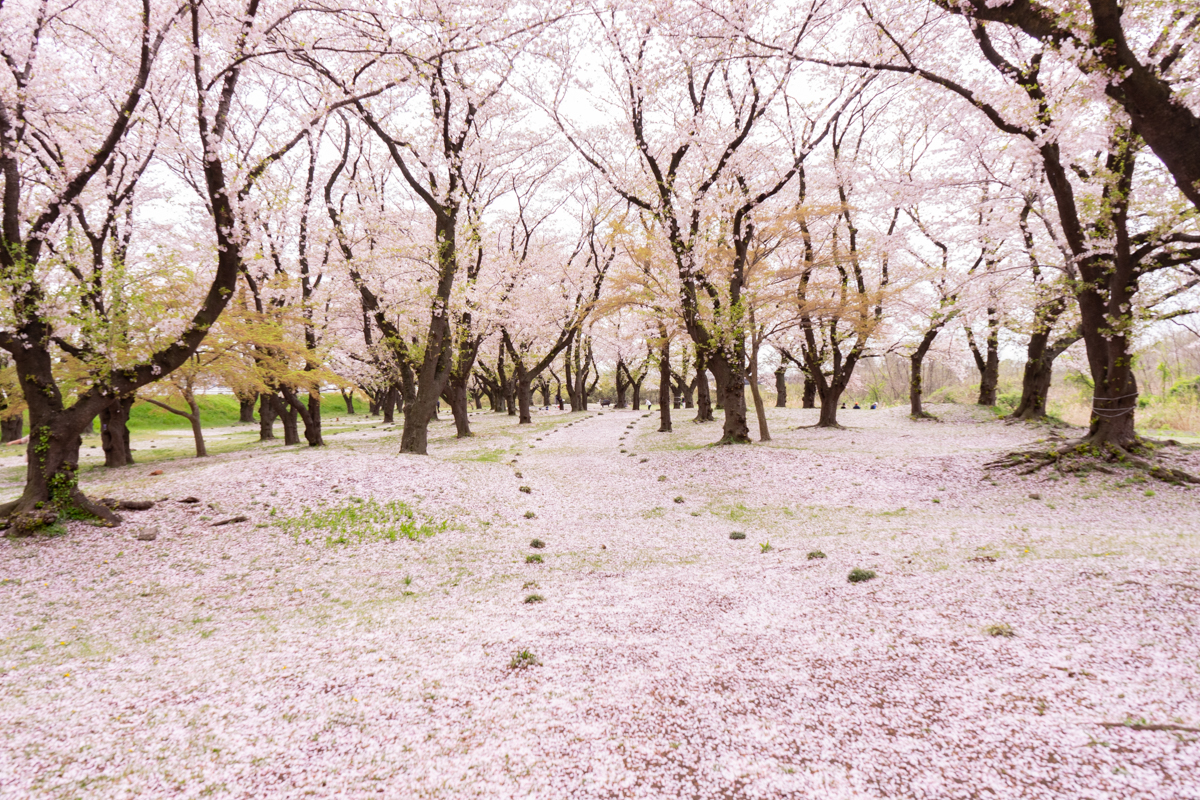
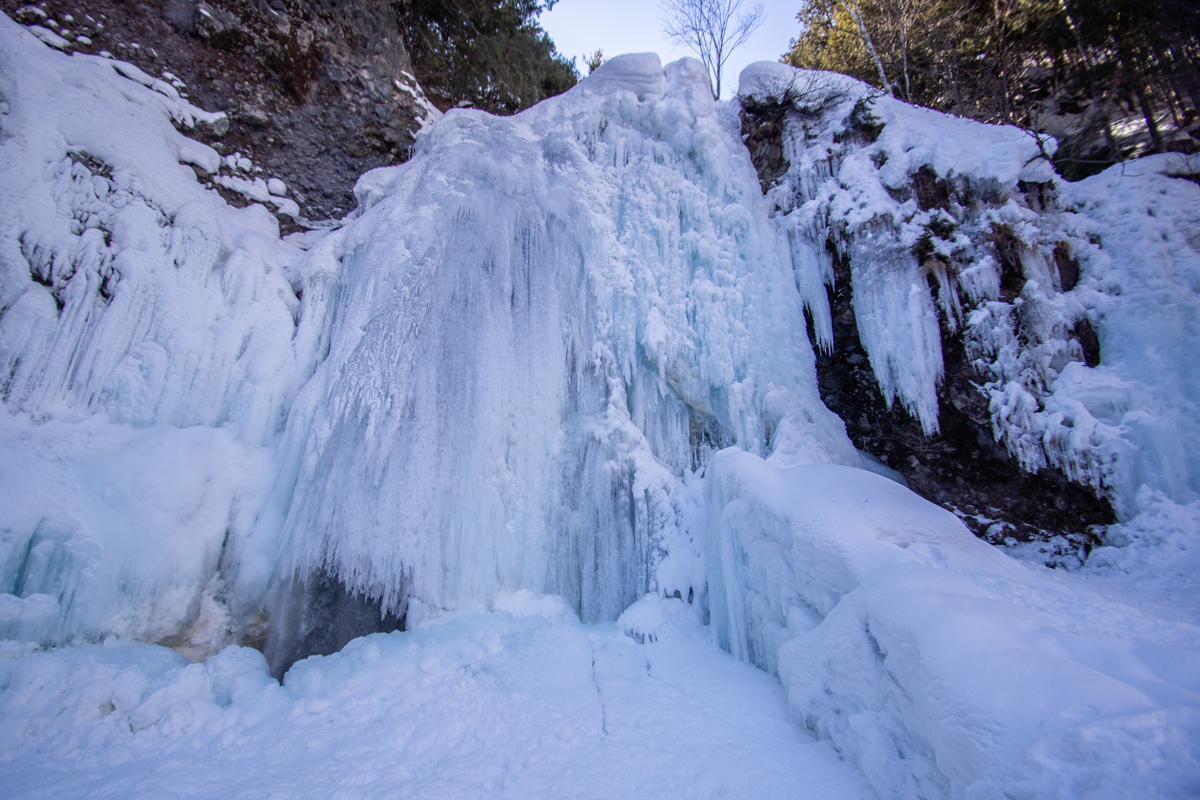
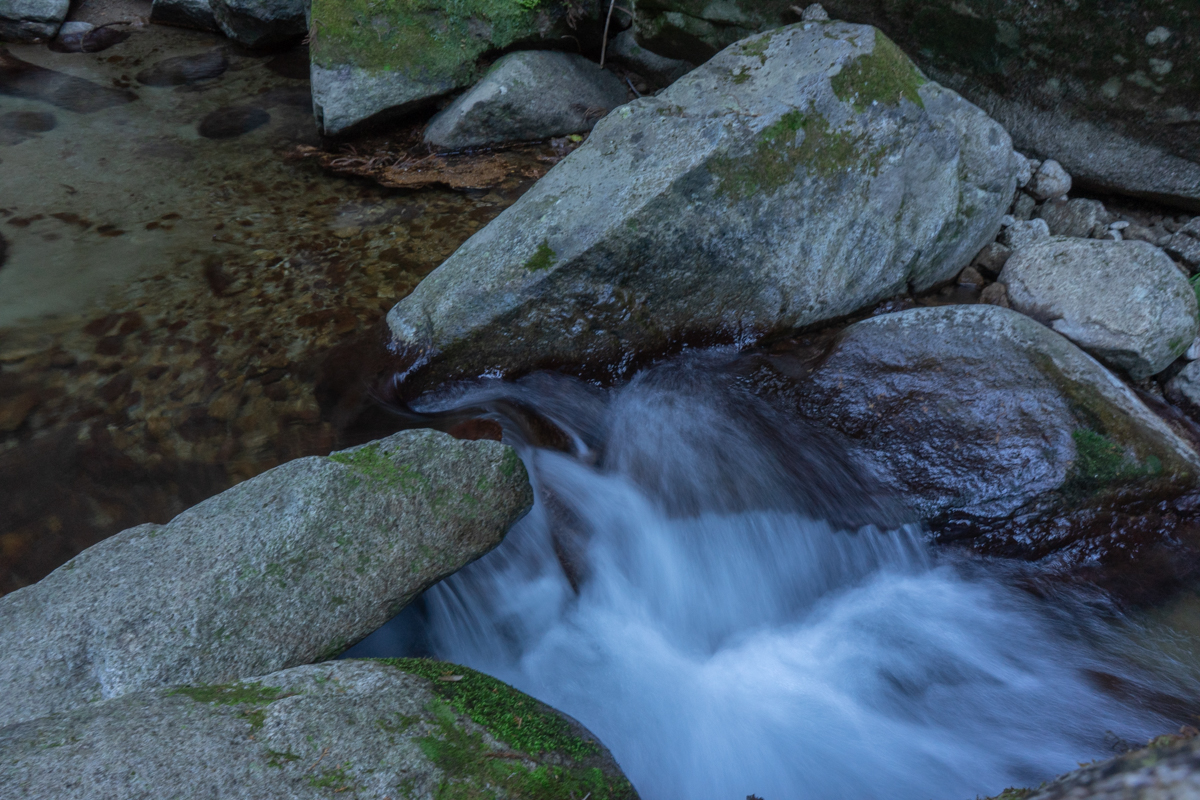


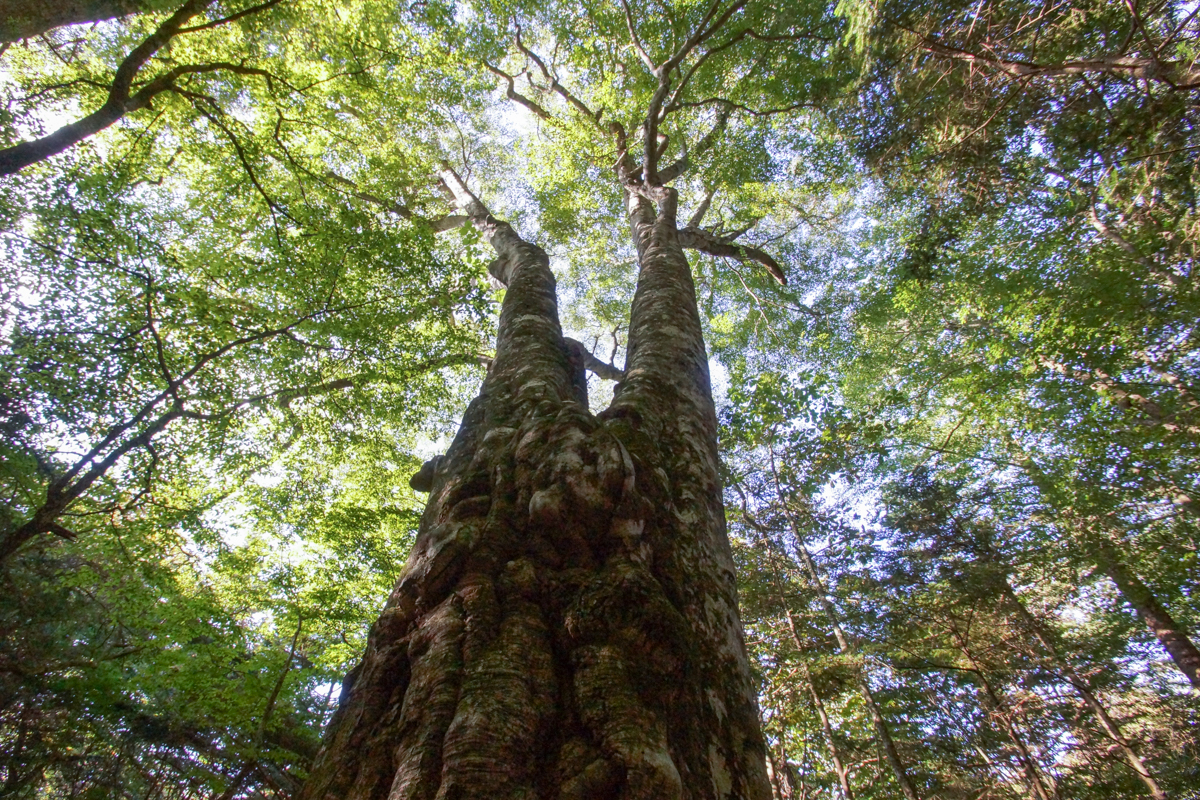
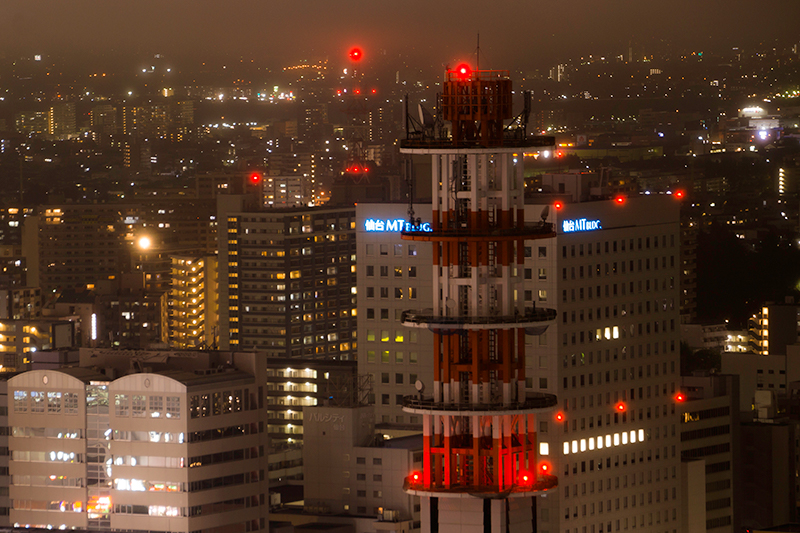
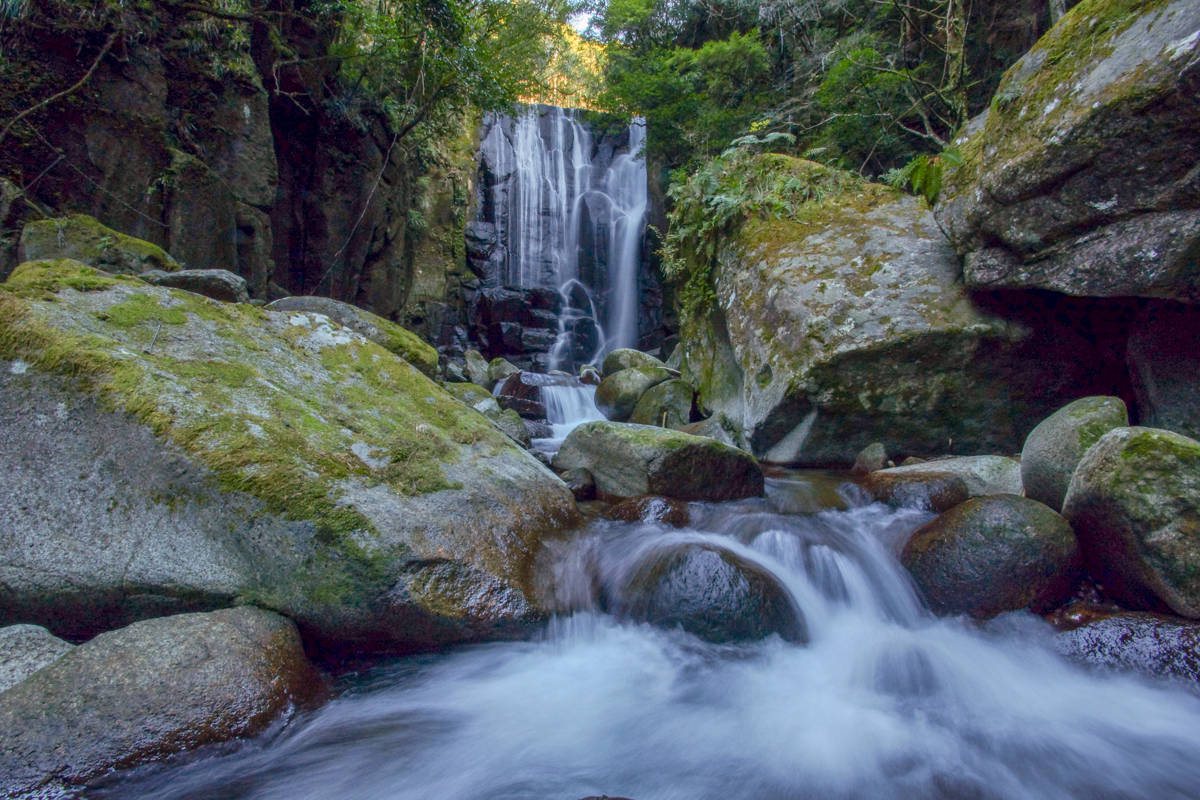
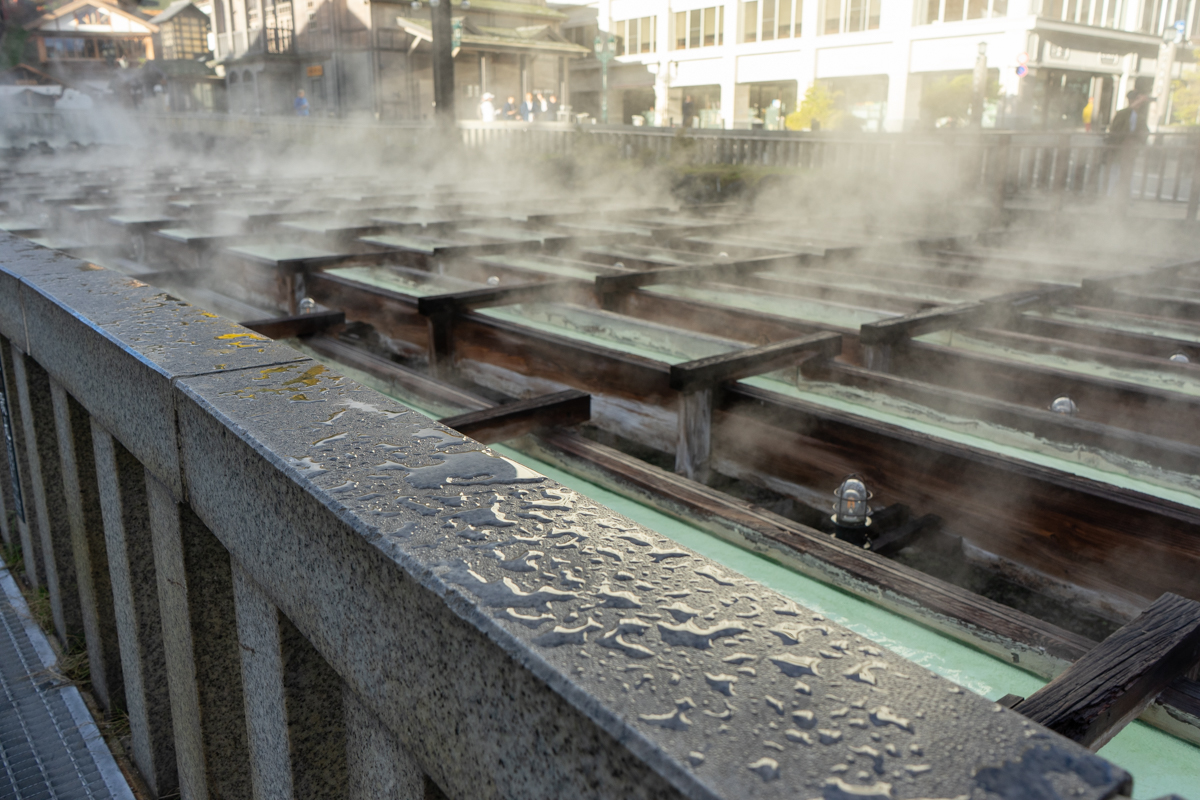
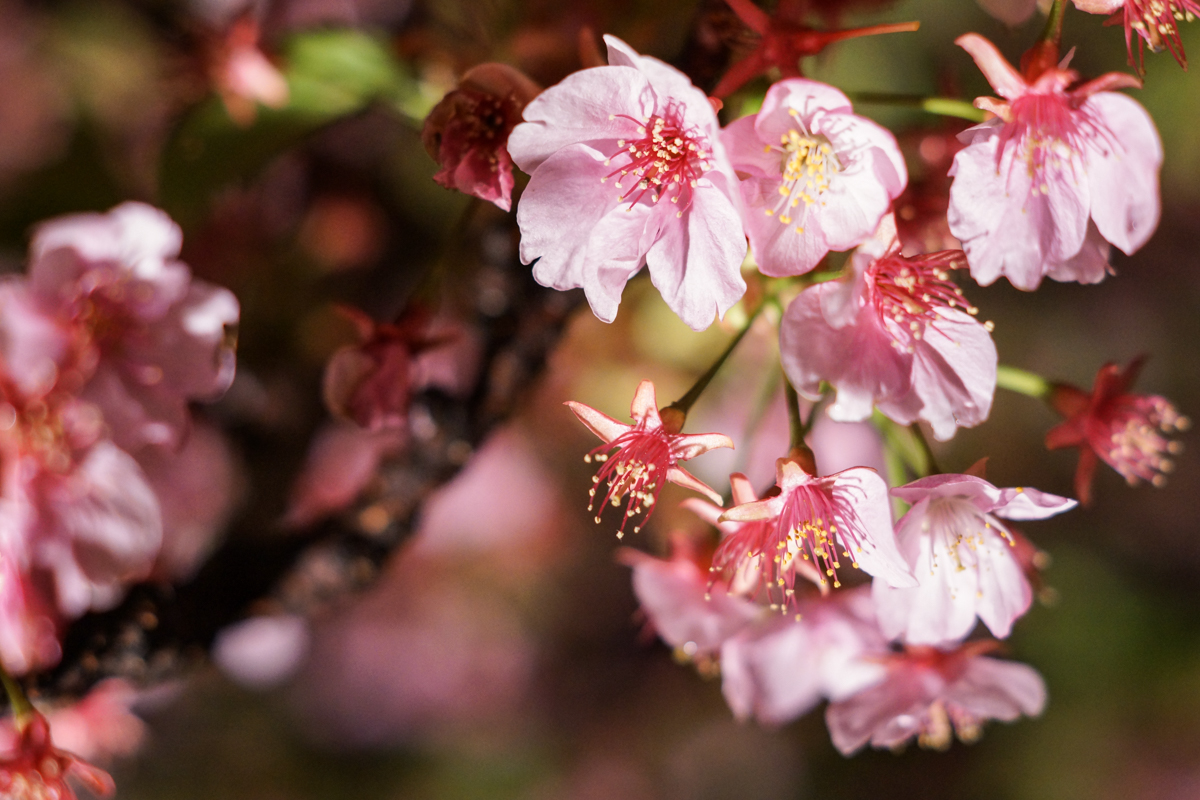
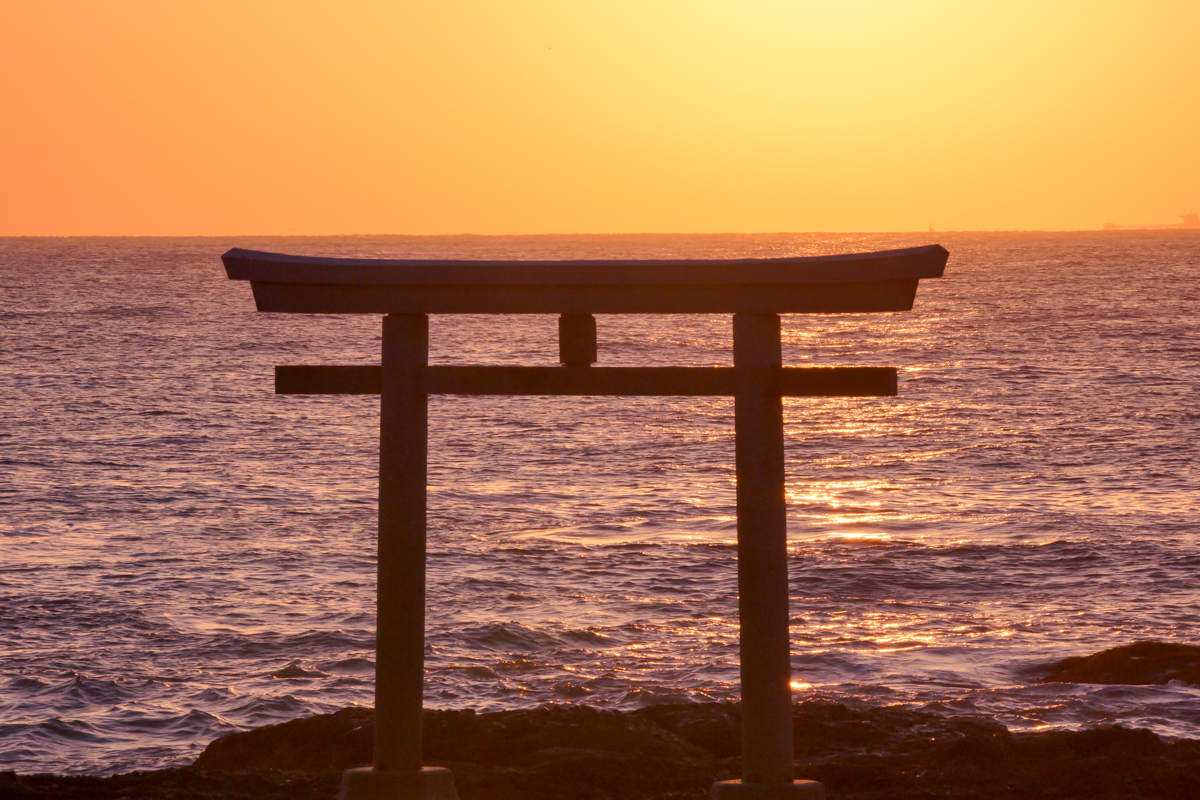


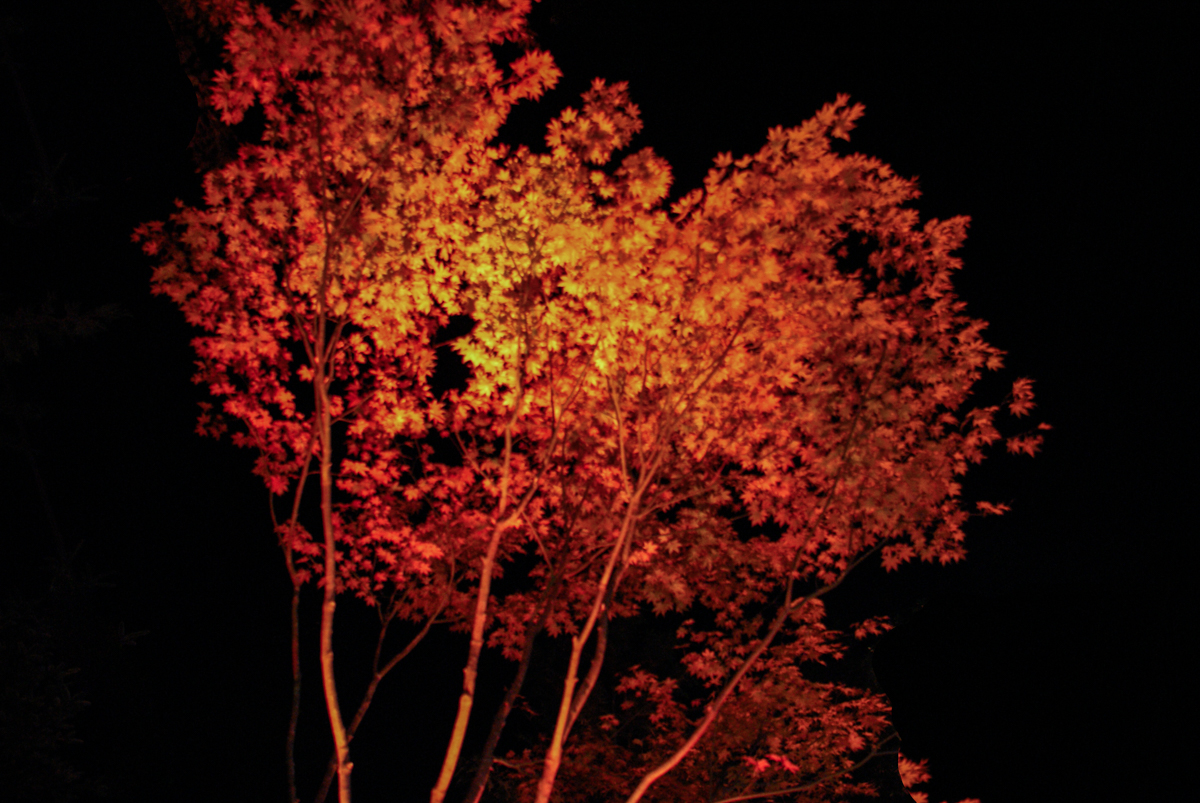
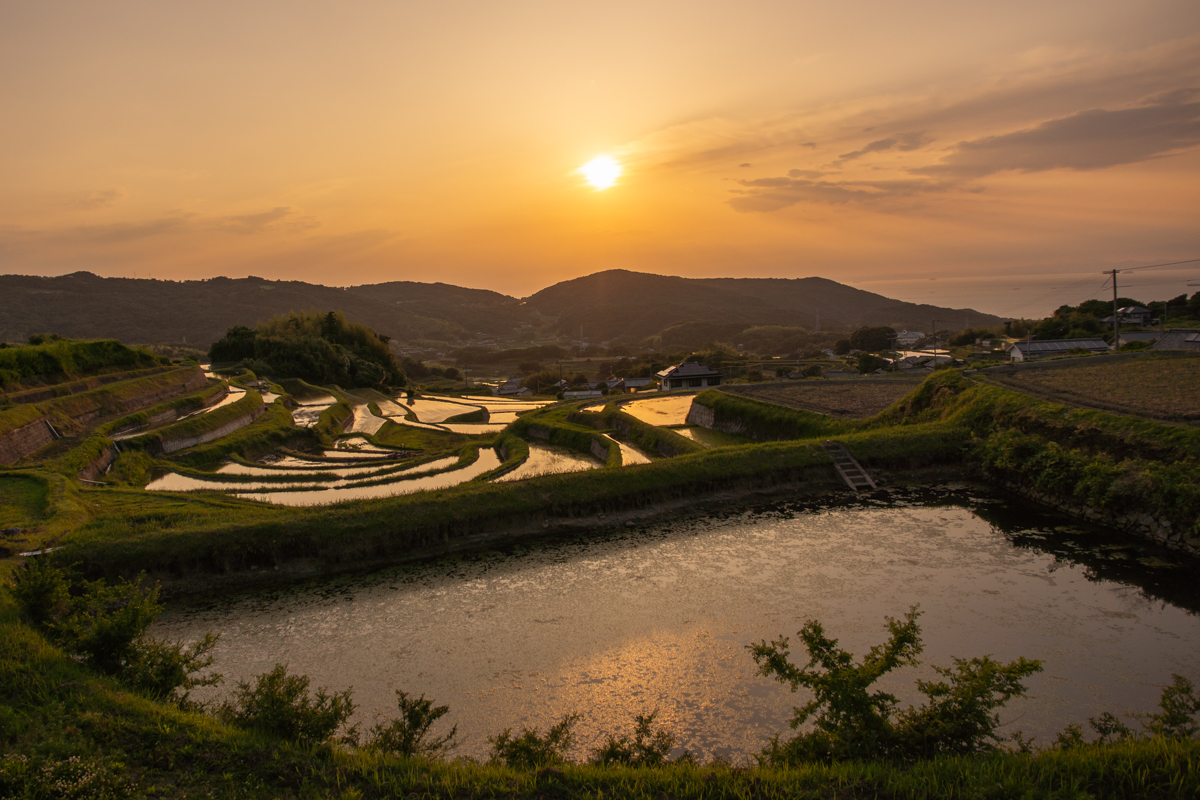
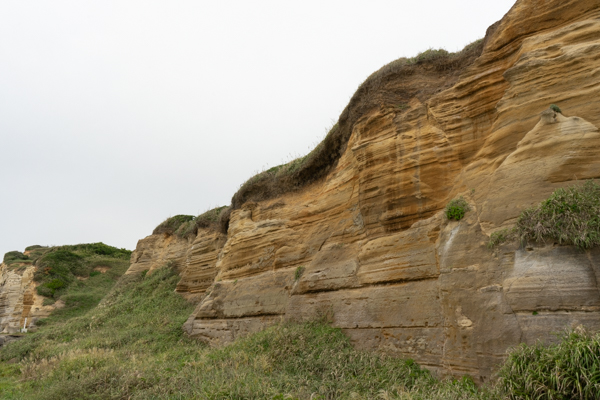
Comment